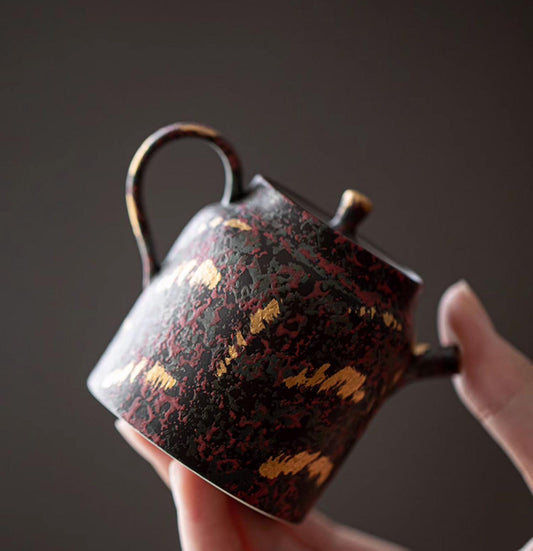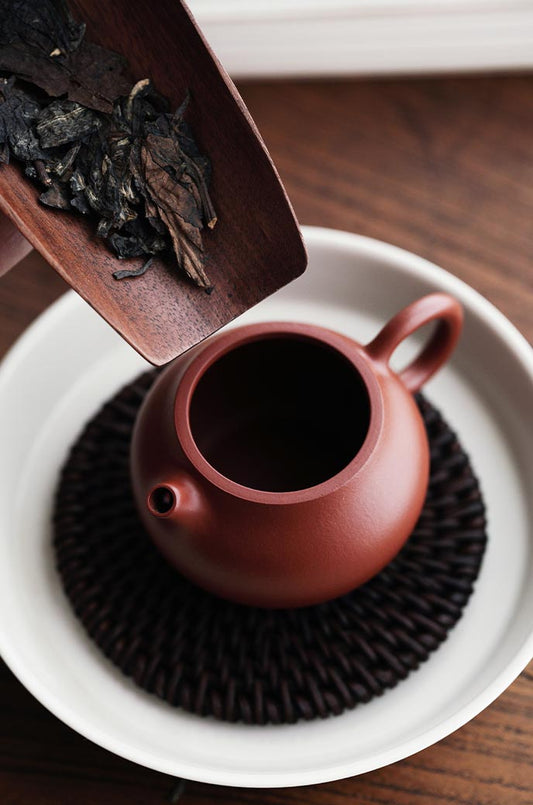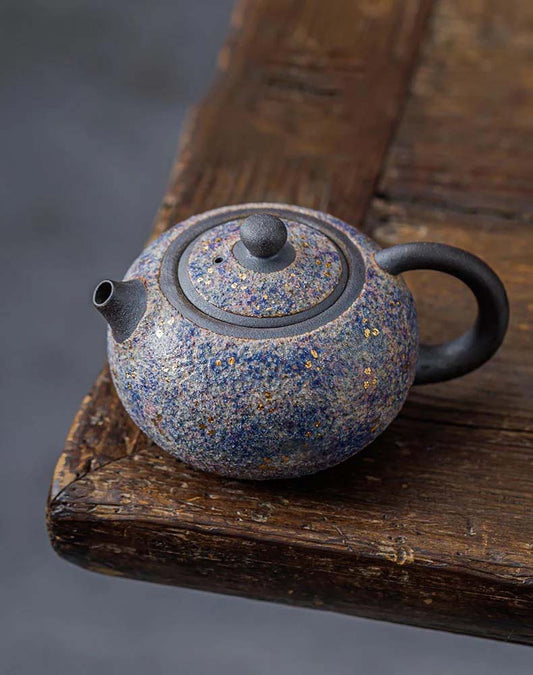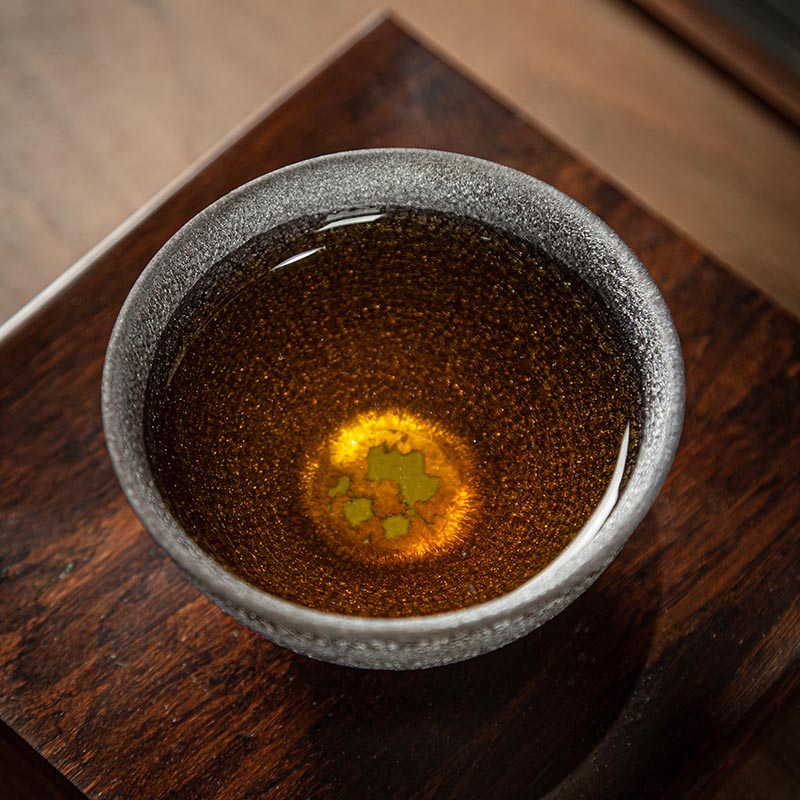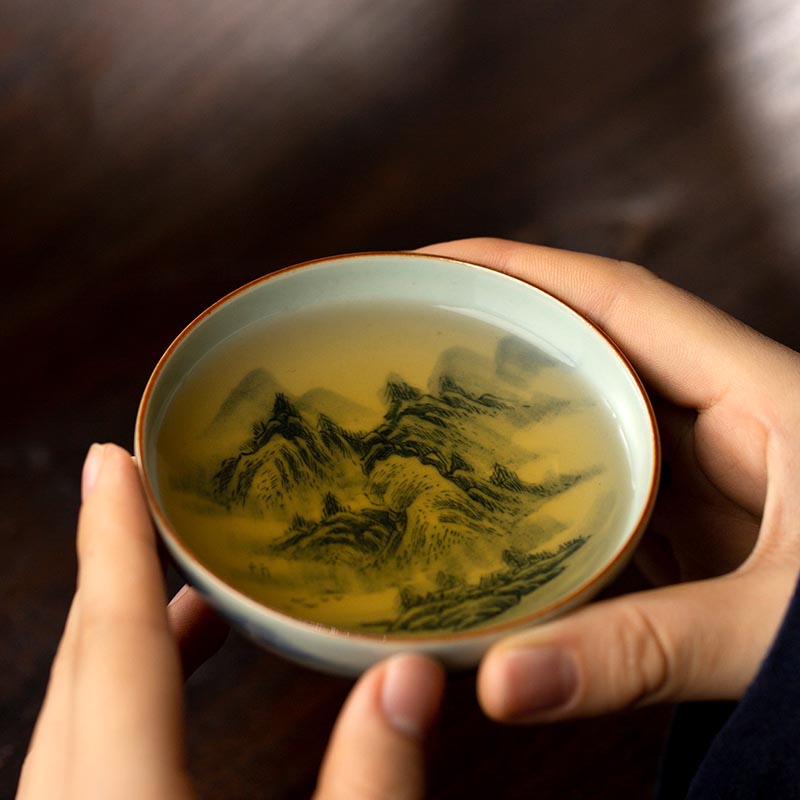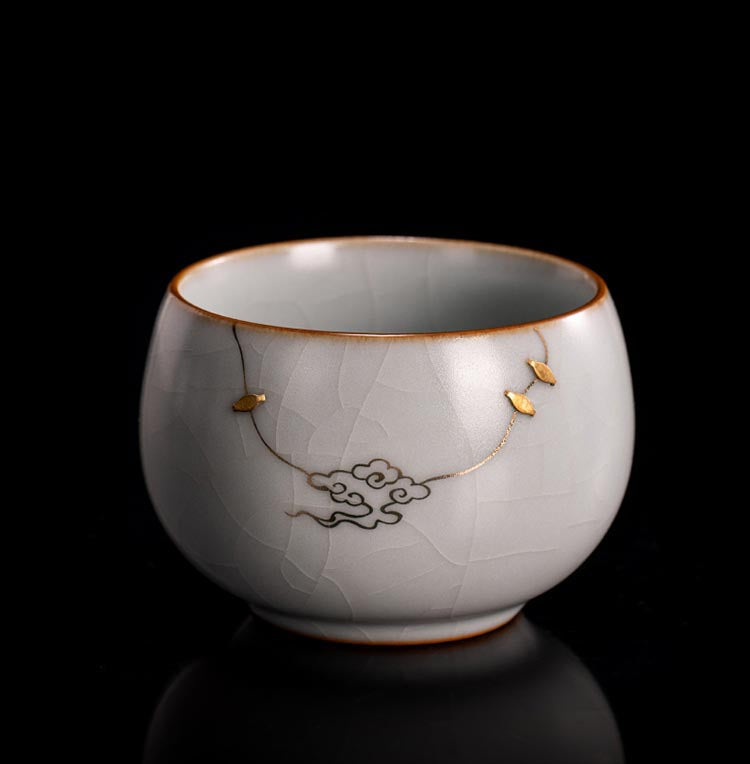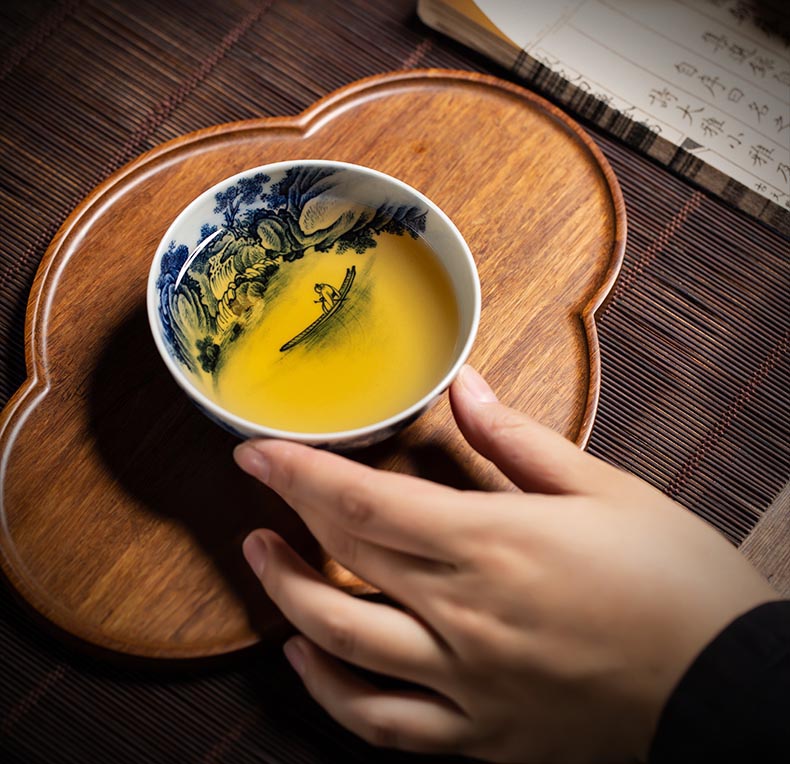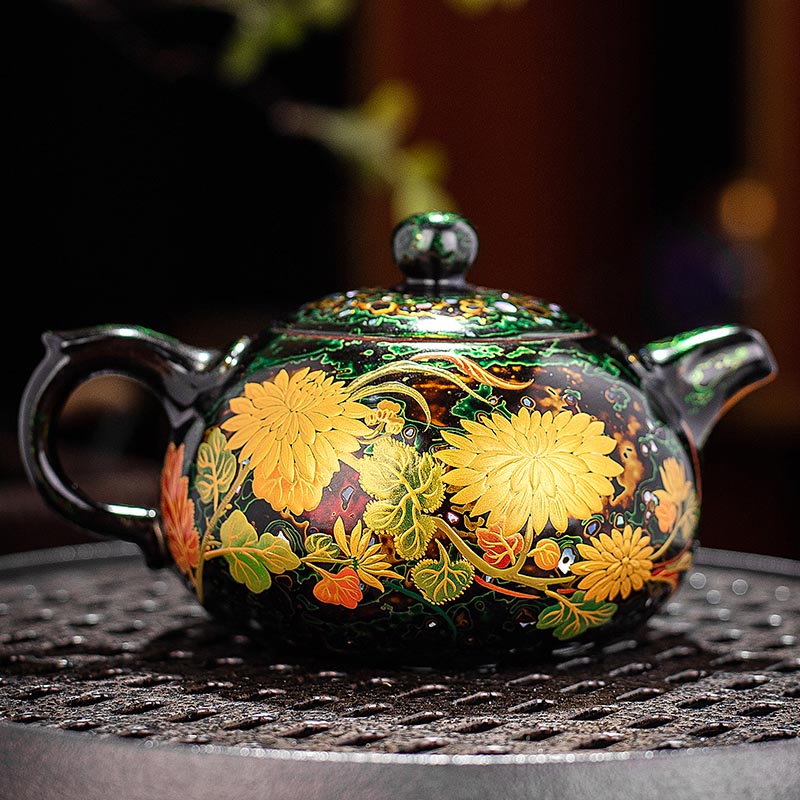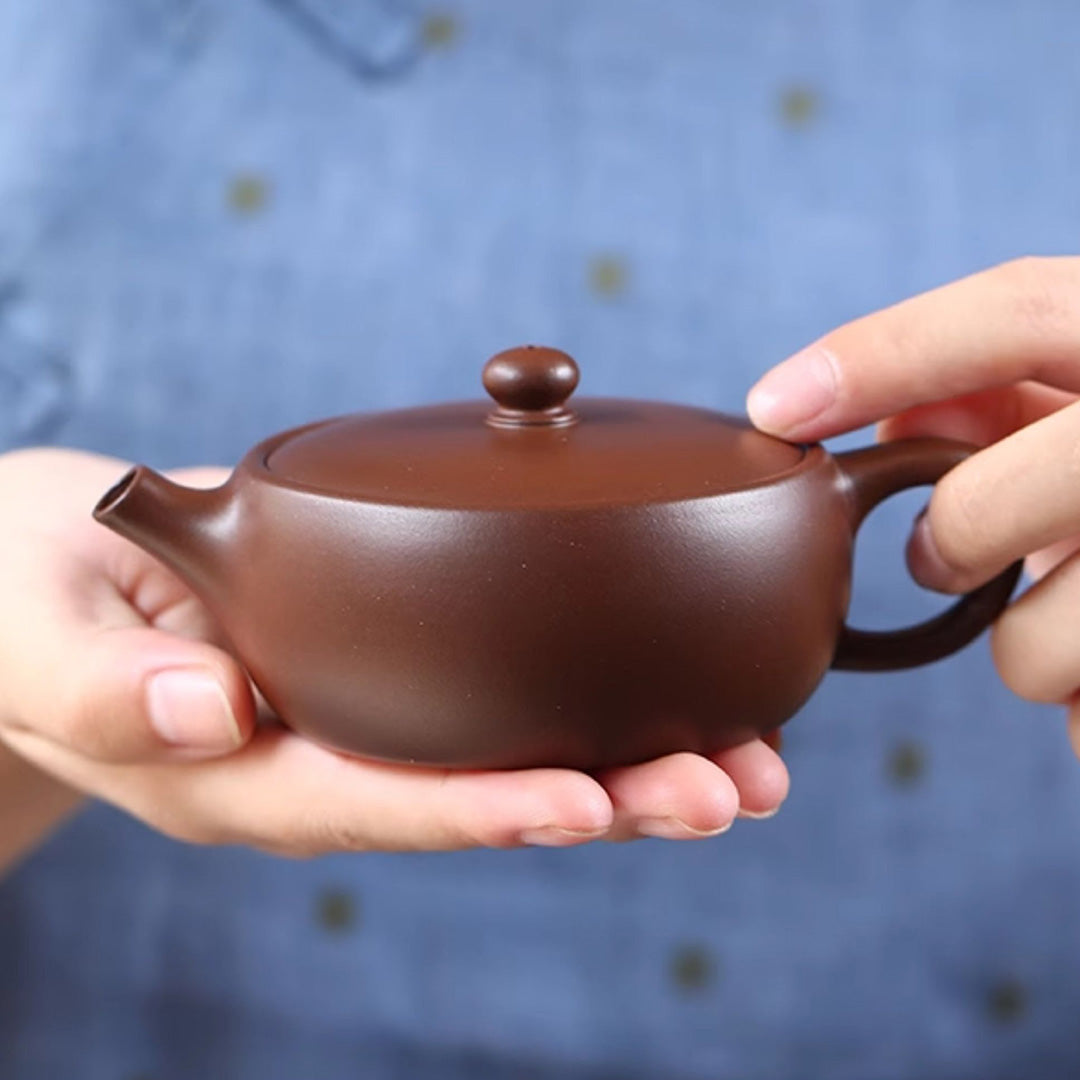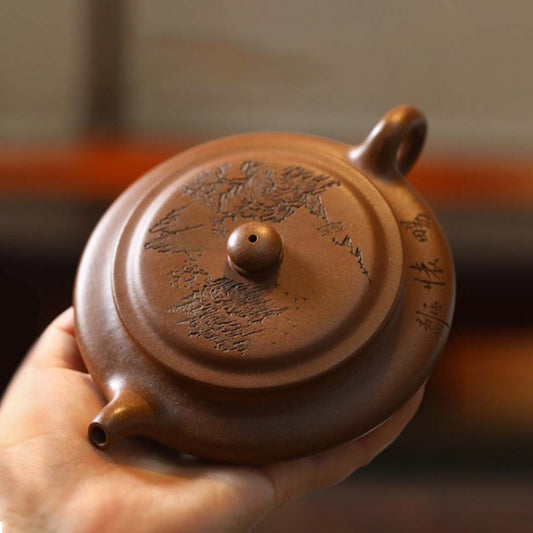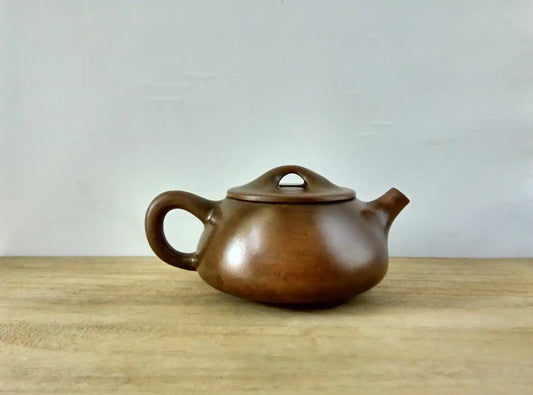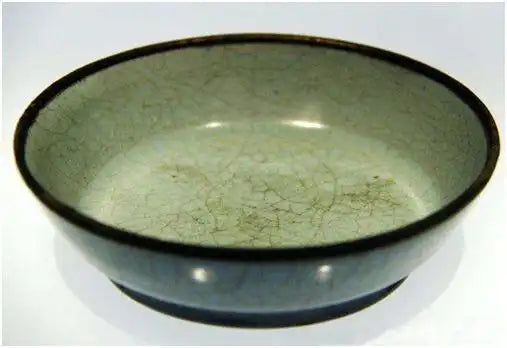European Teapots A Dance of Form and Function
European Teapots A Dance of Form and Function
When I first stumbled upon a vintage European teapot at a flea market in Berlin, its curious shape immediately drew me closer. It wasn’t the perfect symmetry or pristine glaze typical of Chinese Yixing pottery, nor did it possess the delicate tranquility of a Japanese kyusu. Instead, it was grounded in a different kind of beauty, one that spoke of practicality and warmth, a vessel designed for everyday stories told over a robust brew.
European teapots, particularly those crafted in England and Germany, often blend charmingly with their surroundings. The English teapot, for instance, is famed for its bulbous body and sturdy handle—a design that speaks to the heart of the British tradition of tea drinking. It's fascinating to consider how this design, simple yet effective, has been influenced by centuries of tea-drinking ancestry. In the 17th century, when tea first arrived in Europe, the teapots were heavily influenced by Chinese porcelain designs. However, as local potteries like those in Staffordshire began to flourish, a distinctive European touch emerged. The designs became less about fragile beauty and more about creating a teapot that was steadfast, like the people who used them.
German teapots often reflect a different character, mirroring the precise and methodical nature of the region. The porcelain teapots from Meissen, for instance, are exquisite in their craftsmanship, often adorned with intricate floral patterns that whisper stories of aristocratic gatherings in the grand halls of Saxony. Each curve and line is meticulously crafted, echoing a history of artisan pride and meticulous attention to detail.
What truly intrigues me about European teapots is how they encapsulate the essence of their origins. While exploring the charming backstreets of Amsterdam, I encountered a delightful Dutch teapot, squat and unassuming, yet perfect in its role. Its design was functional, perhaps a reflection of the Dutch penchant for straightforward efficiency. Yet, it also had a whimsical charm, as if it carried the cheer of countless gezelligheid-filled moments.
Despite their differences, a common thread among European teapots is their celebration of the communal aspect of tea drinking. Gathering around a teapot, whether in a cozy English cottage or during a festive German afternoon kaffeetrinken, is an invitation to pause and connect. This is where the true artistry lies—not merely in the physical form of the pot, but in the rituals it nurtures and the bonds it strengthens.
In my own collection, a small English stoneware teapot stands proudly. It’s not the most ornate, nor is it the most valuable, but it has served countless cups of tea to friends and family, each brew weaving a new thread into the tapestry of my teatime memories. In the end, isn’t that the simple, profound charm of a teapot? It’s a humble companion, always ready to share warmth and conversation.


